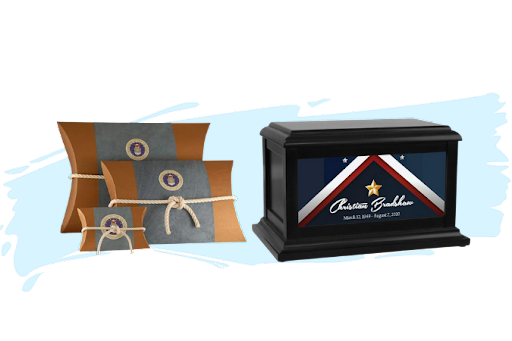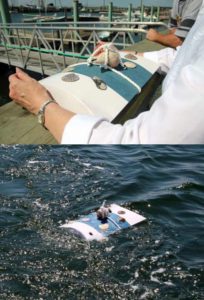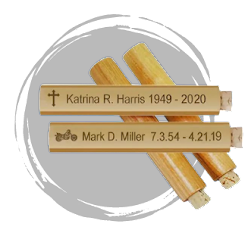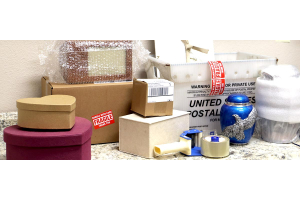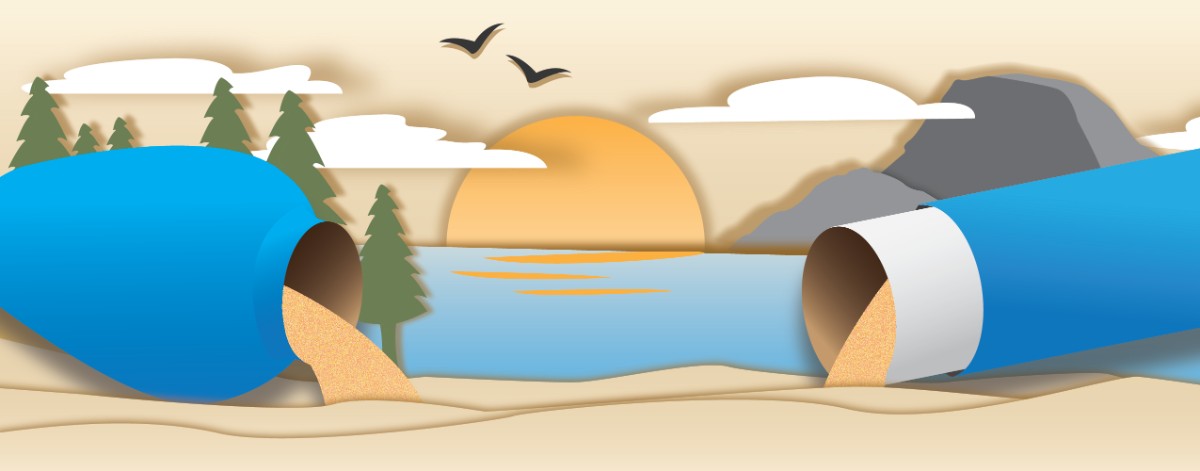
When people choose burial, a traditional form of death care, the more limited set of options becomes clear. One seeks and chooses the availability of the cemetery burial location, the casket, the headstone options, the funeral home, and a few other arrangements. Once the funeral and graveside ceremony is completed, paying respects and saying your goodbyes are completed to some extent.
Cremation, on the other hand, comes with a few unique options that can make the memorializing of the person not only a ceremony to honor them but also a moment of closure and beauty to everyone closest to the person. In particular, choosing to scatter the ashes of a loved one in a unique location can provide a deeper sense of letting go of the pain while embracing the beauty of how the natural world works.
Many people while choosing to keep the cremation ashes in specially customized urns at home, there is an increasing number of people opting to scatter the ashes of their loved ones back into nature. So much that there are a growing number of businesses providing services specialized for facilitating memorial services focused on scattering cremation ashes.
There are many ways to go about scattering the ashes of a loved one. Some are very unique and interesting while others are methods that have become more standard approaches. Ultimately, the decision of where and how you want to scatter your loved one’s ashes comes with a few factors. Some individuals state exactly where they want to be scattered after they pass, others have their favorite locations they loved to visit or spend time in which could also indicate the ideal place. It can be based on their hobbies or passions in life, from hiking or fishing to gardening or watching the night skies, any of which can help you determine where and how to scatter their ashes in an act of memorializing them.


There are four major approaches that are becoming more popular methods of scattering ashes; aerial, water, national parks, and special scattering gardens. Each has its own rules and conditions depending on the exact location you have in mind.
- Aerial Scattering
- Water Scattering
- National Park Scattering
- Scattering Garden
Let’s take a closer look at things to consider when choosing one of the four major ways to scatter cremation ashes.
What Is Aerial Scattering?
Aerial scattering is the dispersal of a loved one's ashes from midair during a flight so the ashes may be carried by the winds and cast over a wide area. This can be done by plane, helicopter, hang glider or even a hot air balloon. Some people use skydivers to disperse ashes over a specific area. Some ash scattering service providers offer flights over historic landmarks, parks or other areas that held special significance to the deceased or to his/her family.
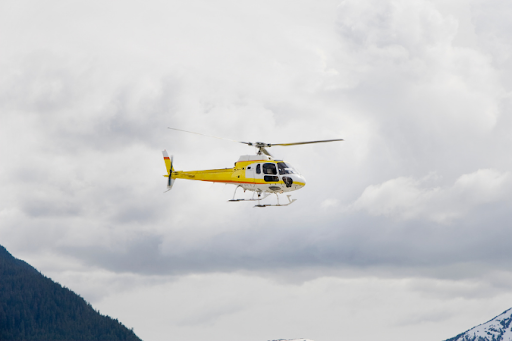

Aerial scattering has been the preferred method chosen by many former military members, especially those who flew in missions during their years of service. Some former service members are even able to arrange to have their ashes cast from the same type of aircraft they once piloted or flew in during their period of service. For instance, one World War II veteran had his final request followed in October 2014 when his ashes were scattered from a B-25 bomber, the same type of aircraft he piloted for more than 50 missions in the South Pacific during World War II.
How to perform Aerial Scattering?
Aerial ash scattering is much more widely available now than it was even a few decades ago. Companies offering services can be found online or you may find a recommendation through a local funeral services provider or cremation services provider. Even some smaller private airports offer aerial scattering performed by licensed pilots who are experienced in ash dispersal in midair.
Aerial scattering ceremonies often begin with a small service on the ground, most commonly at the airport prior to takeoff. While some ceremonies are held in view of the ash release location, many aerial services involve releasing the ashes in remote areas that cannot be viewed from the ground. Some aerial scattering companies will take photographs of the ashes as they're released or a certificate noting the date and time of release to provide a lasting memento of the ceremony for loved ones to cherish. Sometimes, family members may decide to accompany the ashes during the flight, while others may leave the flight to the pilot and any additional crew. Some pilots release ashes directly from the cockpit while others may use funnel or tube devices to release them from the outside of the plane. Lower flights or dispersal from hot air balloons, gliders or sky divers usually do not disperse over as wide of an area.
Urns for Aerial Scattering
Nearly any urn can be used for scattering ashes from the air. Most family members select an urn that in some way reflects the deceased's life or interests. Urns may feature themes or embellishments that reflect a person's military service, their interest in cars, nature, sports or even the Western lifestyle. To preserve the integrity of the urn, some aerial scattering companies may prefer to have the ashes transferred to another container for dispersal, leaving the primary urn on the ground. Biodegradable urns are an excellent choice since they're made of materials that resist damage and can be preserved or buried and allowed to decompose once the scattering ceremony is over.
What Is Scattering Over Water?
Scattering over water involves scattering ashes on the water's surface, or sometimes using a dissolvable urn to cast remains into the sea or other large body of water. Water represents change and rebirth, and as one of the earth's primary elements necessary for life, it's no wonder scattering ashes over water has remained a popular way of paying respect to a loved one's memory.
Scattering a loved one's ashes over the water is often considered a symbolic representation of the ethereal spirit being carried away from the constraints of the physical body, and it has a long history, especially in Asian civilization. In India, for example, scattering cremated remains over the Ganges River is highly desirable since the river is considered a sacred site in Hinduism. In Hindu belief, the goddess Ganga descended from heaven to save the spirits of the dead from the netherworld. In Western civilizations, scattering ashes over the water most commonly occurs from a boat or from a plane or helicopter, although many people choose to scatter the ashes by hand over oceans, lakes or streams, especially those that have held significance in their loved ones' lives.
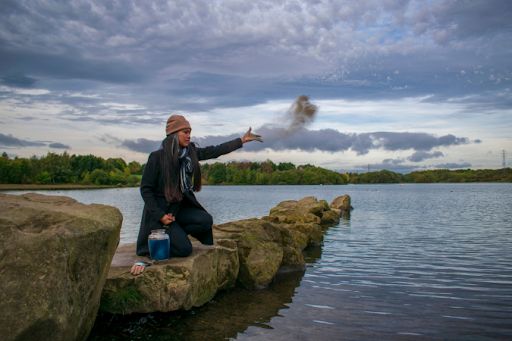

How to perform a Water Scattering?
Scattering ashes over the water is usually done in one of three ways: By boat, by air or at the water's edge. When done from a boat, plane or helicopter, the scattering itself is often performed by the boat or aircraft operator or another officiant, but some families may elect to pilot their own boats or planes. As with any type of public ash dispersal, you may want to contact local authorities before casting the ashes over water to make sure you're compliant with laws and regulations.
Typically, you are not legally allowed to scatter ashes on beaches, creeks, ponds or rivers. These waterways may lead to a public water supply. If you wish to scatter ashes in the ocean, the U.S. Environmental Protection Agency requires that you follow rules under the Marine Protection, Research and Sanctuaries Act (MPRSA).
The permit allows you to scatter ashes a minimum of three nautical miles from the shore, provided you notify the EPA within 30 days of the intended burial. If you want to bury ashes at sea using an urn that does not decompose naturally, you must obtain an MPRSA special permit before you do so. After you have scattered the ashes, you should rake the ashes or separate them so that there are no piles of ashes or larger pieces of bone sitting exposed on the ground.
Scattering ashes often leads to a peaceful sense of rest, but only if you follow the law. Consider these guidelines as you make your plans, and you will have a safe and memorable ceremony.
Urns for Water Scattering
As with other types of scattering, your choice of urn depends on how you wish to use it. Some people may decide to use a biodegradable urn that can be disposed of during or after the ash scattering ceremony, while others may decide to select an urn that can be kept after the ceremony to serve as a lasting memorial. A popular item for this type of scattering is the Peaceful Pillow® , which comes in different colors and sizes. The large urn is meant for all or most ashes of a person to fit while smallers ones are meant to hold a portion of ashes each. These are perfect if you want friends and family members to take part in the scattering ceremony. Memorial Rose Petals© are also a 100% biodegradable option as decoration for a beautiful ceremony.
Scattering at National Parks
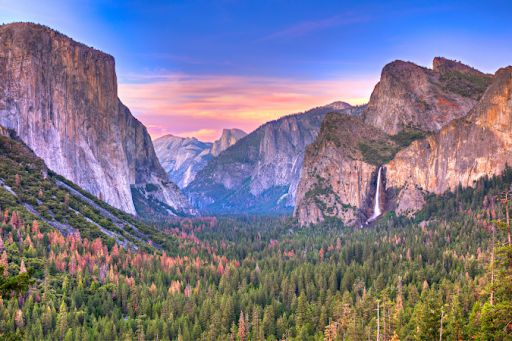

More and more, people who wish to scatter the ashes of their loved ones are turning to national parks as the right place. The deceased may have a special connection with a particular spot in a national park, which was unusually beautiful or provided a setting for important memories. Although people will always have to deal with red tape for scattering cremated remains, in general, national parks are far more hospitable to visitors with this intent. Some even make it easy to do. By adhering to park rules, obtaining permits where necessary, respecting wildlife and selecting the right scattering urns, families can provide a beautiful final resting place for their loved ones without facing a lot of hassle.
How to perform a National Park Scattering?
Scattering ashes at a national park is a little different than simply going to the park on holiday. Families who come to scatter ashes are introducing something into the ecosystem. And, while the Bureau of Land Management (BLM) states that this is generally a harmless activity, administrators at other institutions sometimes think differently.
To start, there is the Environmental Protection Agency (EPA). Scattering ashes, particularly in water, has the potential to affect the wildlife there. Burying ashes in a lake or ocean raises concerns for the EPA as well. Then, there are state and local laws that might trip up visitors coming from out of state to scatter a loved one’s ashes. Scattering ashes on land at a national park is often easier since people can be reasonably certain that the park is the only government entity they must deal with.
In some national parks, scattering ashes is sufficiently popular that the individual parks have developed their own guidelines and paperwork for visitors who wish to scatter ashes. These parks include:
- Yosemite
- Sequoia & Kings Canyon
- Grand Canyon (no longer permitted)
- Yellowstone
- Great Smoky Mountains
Most parks do not have laws against scattering cremated remains within certain conditions. Many recognize that this is an important activity for people going through the grieving process. As such, they make it fairly simple for visitors to get permission to scatter ashes in those parks.
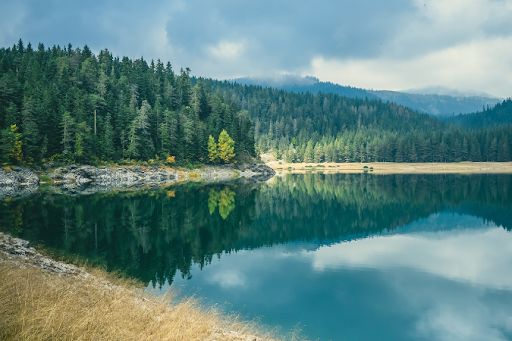

Those who wish to scatter ashes need to pick a place in the park ahead of time. They should confirm that the ashes have been properly pulverized, with no significant pieces of tooth or bone. The location people choose should be away from heavy-use areas. Additionally, scattering ashes over water, or burying them, is generally prohibited. Pilots scattering ashes by plane must follow Federal Aviation Administration routes, and reach minimum heights set by the individual parks. For those who scatter ashes on the ground, they should take care to distribute the ashes fully in a place that is at least 100 feet from parking lots, campgrounds and bodies of water. They may not leave piles of ashes in any place.
Each national park has the ability to set its own requirements for people who wish to scatter ashes, respecting the rules of other organizations that manage the land encompassed by the park. Some parks, including Grand Teton National Park in Wyoming, require visitors to fill out a Special Use Permit application in order to scatter ashes there. The park charges a nominal fee and requires the application to be completed in full and approved before the ashes are scattered. Many other parks do not even require a letter. Under the National Park Service and the U.S. Department of the Interior, Sequoia & Kings Canyon in Southern California simply requires visitors to meet all conditions for scattering ashes.
Urns for National Park Scattering
Since most parks have rules about burying items in the park, it is not necessary to choose an urn that is biodegradable and is not particularly difficult. As such, people have a wide variety of choices for scattering urns. Some allow engraving of the urn or memorial plates so that loved ones can keep the urn (and perhaps part of the cremated remains) as a keepsake. Others are enigmatic and demonstrate a part of the deceased’s personality. Customization allows families to select the scattering urn that will suit their needs perfectly.
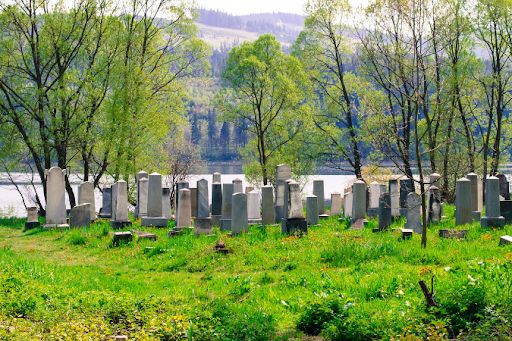

What is a Scattering Garden?
Scattering gardens are useful because they are a safe outdoor space for scattering, without worrying about violating laws or disturbing others who have come to visit. Some cemeteries provide scattering gardens as a means to offer families who choose cremation as many options as possible. As a result, scattering gardens may also offer places to bury urns, and aboveground niches or columbaria for the placement of urns or memorial nameplates.
Many cemetery administrators who are amenable to the interment of urns for ashes are realizing that families would also like the option to scatter ashes. This has led to the development of hundreds of beautiful scattering gardens, as cremation becomes steadily popular. For example, Orange County boasts a number of cemeteries with pleasantly designed scattering gardens. In particular, the Anaheim Cemetery and the El Toro Memorial Park both feature scattering gardens, with lovely landscaping designed for peaceful reflection. In Napa, the Tucolay cemetery offers a memorial wall with nameplates for those whose ashes have been put to final rest there, with a delightful row of wildflowers growing nearby.
How to perform a Garden Scattering?
After obtaining permission to hold a ceremony to scatter the ashes, families must be sure to follow all rules concerning the scattering. Every cemetery has its own policies. Cemetery administrators usually encourage families to seriously consider whether or not they should scatter all of their loved ones’ ashes, as once the ashes are scattered, the process is final. Generally, people who will be scattering the ashes must make sure that there are no large pieces of tooth or bone in the ashes. The ashes should be scattered thoroughly and carefully, with no piles of ashes left in any place. Any ashes that will be reserved may be placed in a keepsake urn to be taken home.
Urns for Scattering Gardens
While family members consider the possible scattering gardens available to them, it is also a wise decision to look through the many scattering urns and scattering tubes they might purchase. They come in an open variety of designs and colors, from boxes to cylinders. The materials may be biodegradable, in case families choose to scatter a portion and bury the rest. Most urns feature engraving options, to identify the remains contained within. People who plan to have a ceremony and involve many people in the scattering should also consider purchasing scattering tubes. These keepsake urns for ashes are designed to hold a small amount of remains, and they may be made from stainless steel or wood. Engraving personalizes the keepsake as a cherished gift for family and friends.
As cremation gains popularity in the U.S. so do the options to scatter ashes. Cremation gives the opportunity for people to pre plan their own scattering or scatter their loved one’s ashes in places they loved and held dear to their hearts. Choose somewhere symbolic that will forever remind you of that person and all the happy memories you made.

